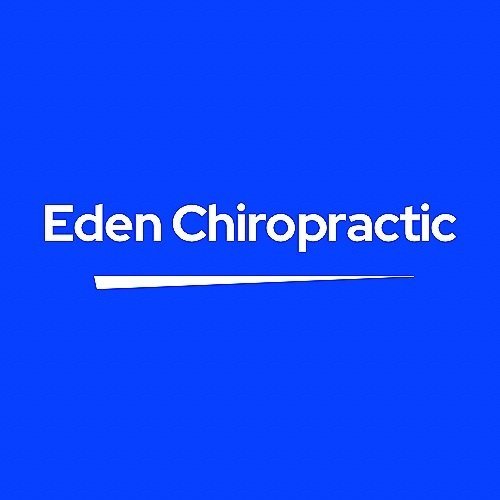Fibromyalgia - A Functional Approach
The following is not a Case study or a Testimonial, as these are not allowed with Australian licensing guidelines. What follows is a true story told to show how a functional approach is individualised and comprehensive.
Mary first came into my life as a cleaner. She had been told about the opportunity of cleaning my clinic for a couple of hours a week from a patient who knew that she was a reliable good worker but that her health restricted her from working very much.
At her interview she presented well and I was happy for her to get started. Early in the course of her employment she mentioned to me that she had a lot of severe headaches and asked if I could help. Consequently, the history showed that she had been previously diagnosed with Fibromyalgia about four years earlier.
She had all the usual symptoms; headaches, widespread tenderness, many painful muscles, constant tiredness, foggy head, depression and anxiety, difficulty with sleeping but had to lie down several times every day. Before her diagnosis, Mary had a history of Hashimoto’s thyroiditis, she and her husband had a failed business and some considerable worries about their children. Apart from her thyroid medication she told me that in order to keep her ability to work even a few hours a day she had to take several caffeine tablets. I could see that this was a smart move in order to improve her productivity but was certainly not a good thing to do for her health!
She saw herself as a country woman with a strong work ethic. Being unwell and unable to work was a big blow to her self esteem but despite this she expected to come through all this eventually and was adamant that she had to set an example to her children. She also admitted there was a definite downhill trend in her life.
Her test results showed: Fast and shallow breathing, Heart Rate Variability of 38 indicating her sympathetic ‘flight and fight’ part of her Autonomic Nervous System was too active. The Occulo-cardiac reflex was slow to respond. The Carotid sinus reflex was unresponsive to digital pressure, indicating poor Vagal control.
Her Gag Reflex was less sensitive than normal.
Her bowel sounds were too quiet.
Force Plate Analysis which assesses the vestibular, ocular and proprioceptive systems combined showed Mary’s ocular processing was aberrant with a poor proprioceptive result.
Dynamic Visual Acuity Testing revealed her Vestibulo-ocular reflex was also not performing well.
Balance generally was poor as tested by standing on one foot with eyes closed.
Fast alternating hand movements were un-coordinated. As was toe tapping, possibly indicating a problem with the Cerebellum.
Raglans test of checking blood pressure bilaterally in the lying down, standing after lying and again after standing for 3 minutes was also outside normal limits.
These results further confirmed that Mary’s Autonomic Nervous System was not performing well. Ideally there should not be any difference in blood pressure from lying to standing and clearly this result was suggestive of Postural Hypotension which sounds worse than it is.
Treatment consisted of specific spinal adjustments, changes to her diet, exercises to stimulate particular brain areas, some discussion regarding worries and concerns, directions about modulating activity, recommendations about regular massage and a discussion about how caffeine was not the friend she thought it was.
Over a period of six months Mary’s condition improved substantially, but did not completely resolve. She had started to improve and subsequently increased her work load while still relying on NoDoz caffeine tablets despite a clear understanding of this being counterproductive to her health.
However, eventually she developed a ‘flu’ which had her bedridden for a week. She couldn’t work and didn’t need, or feel like, taking those caffeine tablets. With stopping the regular dosing of those caffeine tablets she rapidly improved, declaring that she no longer had Fibromyalgia. It is uncanny how having the ‘flu’ helped her recovery! It’s been a couple of years now without any sign of a re-occurrence. She is working full time.
Mary’s self concept was built on being a ‘hard worker’ and we had to challenge that to get on top of her dis-ease. She no longer lives near me and I see her only occasionally. When we do catch up she knows I’m going to ask her to report in on how she is balancing her work rest and play to make sure she doesn’t fall back into the old pattern. Mary understands her nervous system was out of ‘balance’ which, over time, produced the signs and symptoms of Fibromyalgia.
